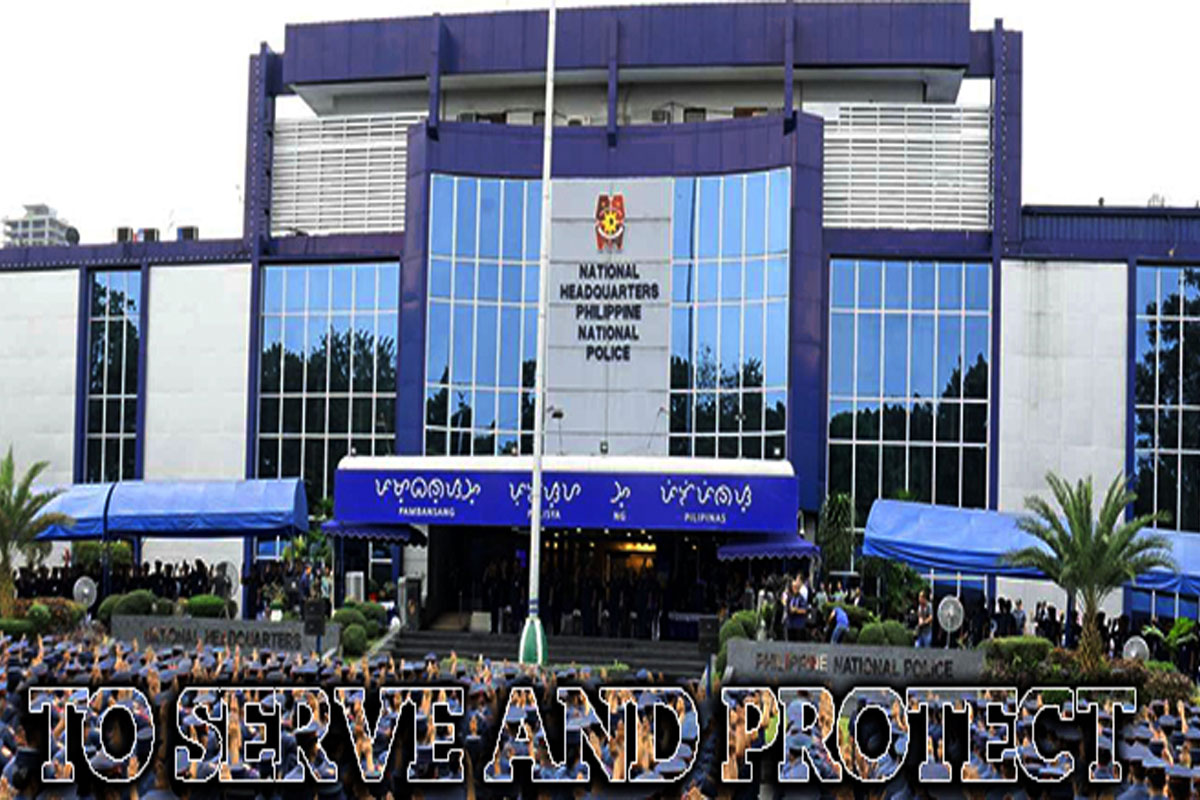
Green Revolution 2.0 to encourage urban farming
THE production and supply of fresh fruits and vegetables in the urban areas will soon be increased with “Green Revolution 2.0: Plants for Bountiful Barangays Movement” (Luntiang Ani ng Mamamayan) program of the Department of Agriculture-Bureau of Plant Industry (DA-BPI).
DA Senior Undersecretary Domingo F. Panganiban, who graced the kick-off ceremony in Rizal Park, Manila, said that the launching is in line with the strong commitment of the national government towards achieving food security.
Panganiban also explained that the Green Revolution 2.0 seeks to improve the nutrition of Filipinos by increasing the production and supply of fresh fruits and vegetables in urban, peri-urban, and rural areas.
The program also aims to turn communities into patches of green edible landscapes by establishing vegetable gardens.
The launching, which was also attended by other DA and BPI officials, representatives of the local government units of Metro Manila, and other government agencies, highlighted the ceremonial planting of “ampatola” or grafted ampalaya, scion, patola, and rootstock.
Panganiban stressed that the success of the initiative relies on the involvement, engagement, and collaborative efforts of all key stakeholders.
The Green Revolution 2.0 further aims to encourage every Filipino to plant vegetables in their homes to help to ease the burden of the country’s food system and supply chain.
To ensure the sustainability of the program, the DA will set up provincial production centers that will serve as consolidation areas for producers and consumers.
The DA has also earmarked funds to support the purchase of inputs, such as seeds and garden materials, to be provided to participating barangays.
Under a Memorandum of Understanding (MOU), the National Parks Development Committee will serve as the “caretaker” of the Luneta vegetable garden, which is now open to the public.
The garden showcases various cropping technologies, such as vertical and containerized gardens and protective cultivation systems, including a nursery, fruit-vegetable grafting, hydroponics, and raising beds.
The Green Revolution 2.0 also marked the simultaneous nationwide planting of vegetables in different barangays, spearheaded by the DA’s regional field offices and five national centers and regional stations of the DA-BPI.




















